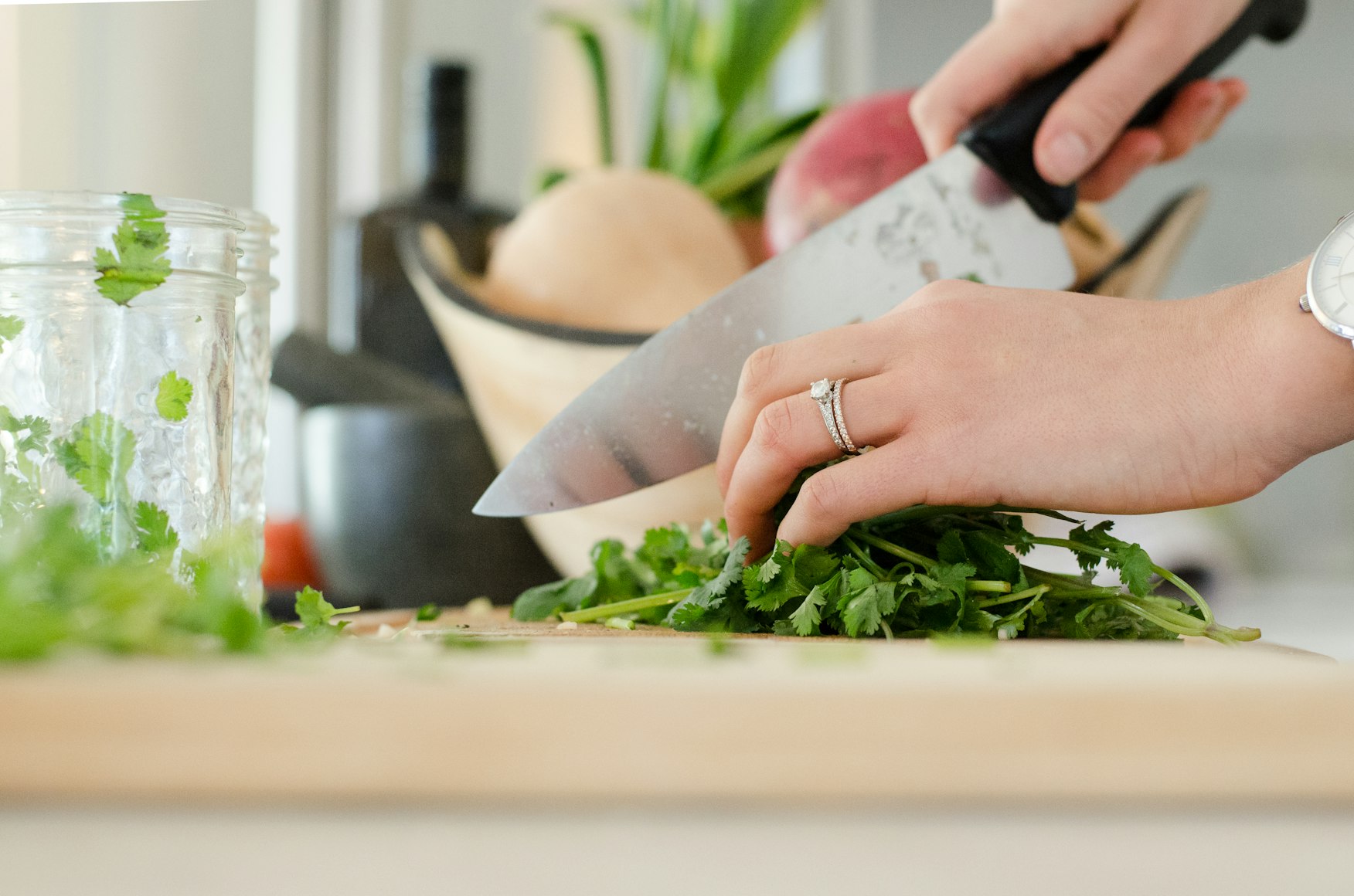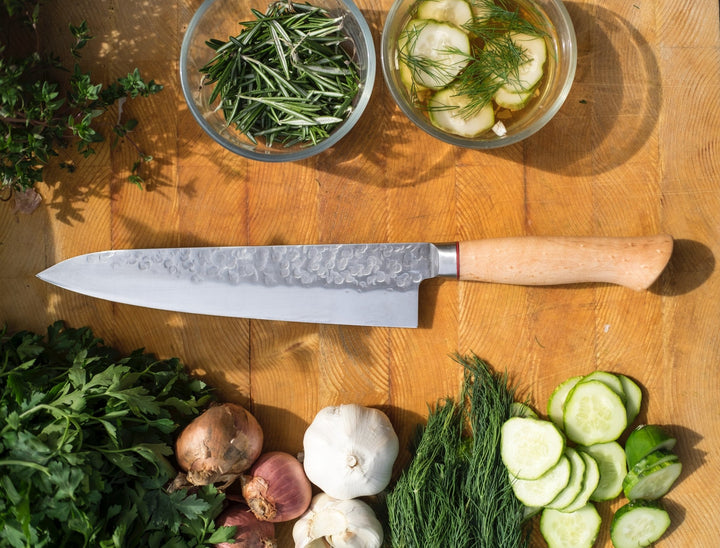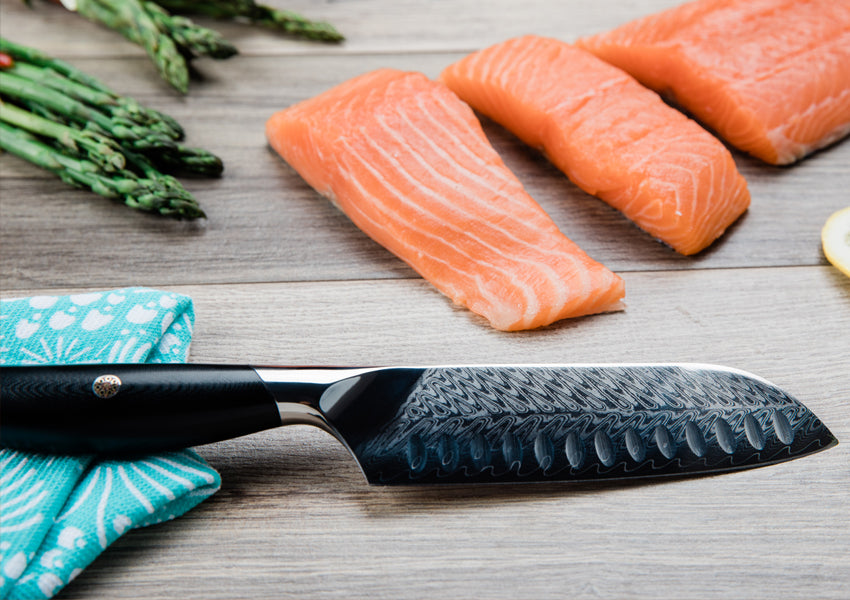Having a sharp chef knife is crucial in any kitchen. It makes food preparation easier, more efficient, and safer. Knowing how to sharpen a chef knife is an essential skill that every kitchen enthusiast should master. We will go through different methods and tips to achieve a razor-sharp edge on your knife.

Why Sharpening Your Chef Knife Is Important
A dull knife can be more dangerous than a sharp one. It requires extra force, increasing the risk of slipping and causing accidents. A sharp chef knife ensures precision and less effort, making your culinary tasks more effective. Sharpening also prolongs the life of your knife by maintaining its edge.

Understanding the Basics of Knife Sharpening
Sharpening a knife involves grinding it against a surface to create a finer edge. This can be done manually or with the help of electric sharpeners. The angle at which you sharpen your knife is vital, usually around 20 degrees for a chef knife. Consistency during sharpening ensures that both sides of the blade are evenly honed.

Main Tools You Need
Sharpening Stones
These stones, often referred to as wet stones or whetstones, are the most popular tools for sharpening knives. They come in different grits, from coarse to fine, which help you achieve the desired edge.
Honing Rod
A honing rod, often made from steel or ceramic, is used to realign the knife blade’s edge after usage. Its not the same as sharpening but helps keep your knife maintaining its sharpness.
Electric Knife Sharpeners
These are more user-friendly and less labor-intensive. They come with pre-set angles and multiple stages, making it easier for beginners to use.

Step-By-Step Guide to Sharpening a Chef Knife
Step 1: Select Your Sharpening Tool
Decide whether you’ll be using a whetstone, honing rod, or electric sharpener. Each tool has its own set of advantages.
Step 2: Prepare Your Stone or Sharpener
If using a whetstone, soak it in water for about 10-15 minutes. If you’re using an electric sharpener, make sure it is set up correctly.
Step 3: Find the Correct Angle
Hold the knife at a 20-degree angle against the sharpening stone or the sharpener. Consistency in maintaining this angle is crucial for an even edge.
Step 4: Start Sharpening
For a whetstone, move the knife blade in a sweeping motion from tip to heel. Ensure even pressure throughout the motion.
Step 5: Flip and Repeat
Flip the knife to the other side and repeat the process. Make sure to maintain the same number of strokes on each side to keep the blade balanced.
Step 6: Test Sharpness
After the sharpening process, test the sharpness by slicing through a piece of paper or tomato. Fine-tune if necessary.
Common Mistakes to Avoid
- Avoid applying too much pressure. It can damage the blade.
- Do not use the wrong angle, as it results in improper sharpening.
- Never neglect to soak a whetstone before sharpening.
Maintenance Tips for Keeping Your Knife Sharp
Properly store your knife, preferably in a knife block or a magnetic strip. Use a honing rod regularly to maintain its edge and avoid putting your knife in a dishwasher.
Read more about keeping knives sharp.
Common FAQs about Sharpening a Chef Knife
How often should I sharpen my chef knife?
Frequency depends on usage, but generally, professional chefs sharpen their knives once a week. For regular home use, every 2-3 months is recommended.
Can I oversharpen my knife?
Yes, oversharpening can wear down the blade more quickly. Regular maintenance with a honing rod is a good practice to avoid frequent sharpening.
Is using a honing rod enough?
No, a honing rod helps in maintaining the knife’s edge but does not sharpen it. Sharpen your knife periodically with a whetstone or electric sharpener for the best results.
For detailed instructions and safety tips, you can visit this guide.
As an Amazon Associate, I earn from qualifying purchases.


